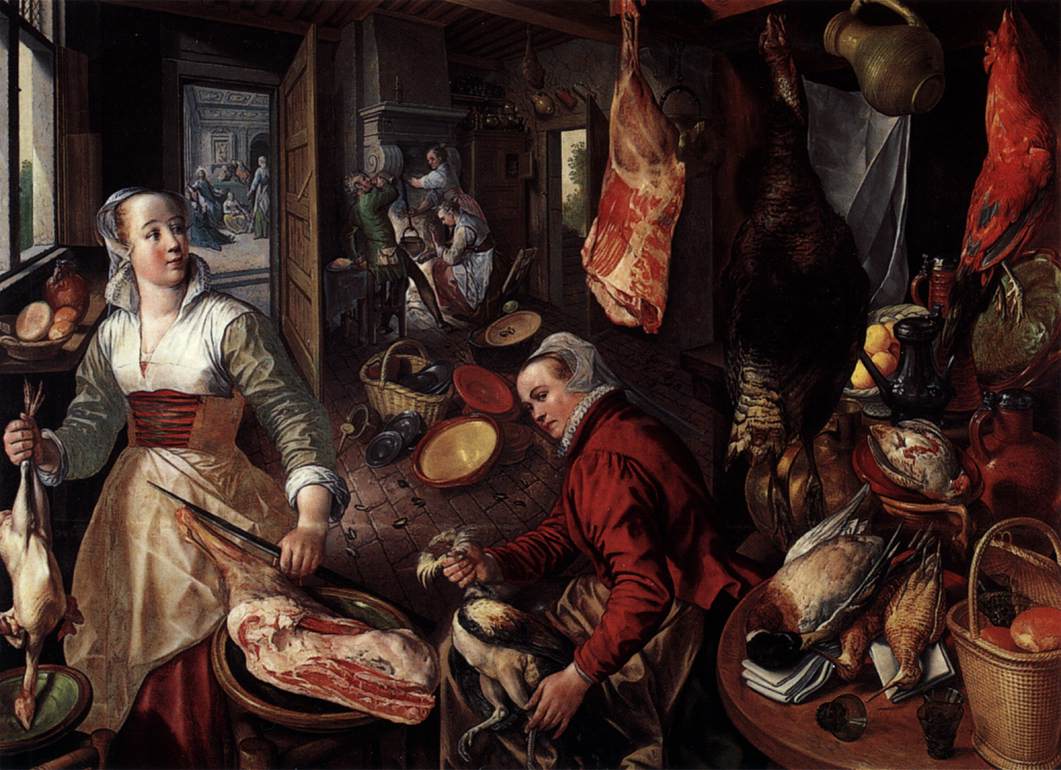


Reusable Bags, Recycled Bags, Eco-friendly bags- Green World Bags are a super cute, stylish way to make a difference. Going green can look really good.
Carrying eco- shoppers is a simple change shoppers can make to keep nasty plastic bags out of landfills and waterways. Using Green World Bags gives you a great looking, affordable choice.I chose the Classic Series. I've had many complements while out shopping and I've directed several people to where they can purchase their own.
Designed in the classic paper bag shape, 14” reinforced loop handles and a bottom liner for increased stability. These bags are durable - lugging home my all my heavies like milk and caned goods. I love these bags!!
Green World Bags™ is committed to improving our environment. A portion of each sale goes to support the great environmental work being done by the folks at One Percent for the Planet and the Surfrider Foundation.
BUY IT:
You can purchase Green World Bags online at http://www.greenworldbags.com. Remember these bags make a great gift for those eco- conscious and those who could use these bags to start be!
Use this Promo Code :ED2009 which is good for a 20% when you order online.
WIN IT!!!
One lucky winner will receive a set of the EXOTIC Series Set (4) - Daring, exotic, and uninhibited this series was inspired by the earth’s untamed landscapes. Bring out your wild side while carrying these reusable totes.
MAIN ENTRY:
Visit Green World Bags and tell me which bag design is your favorite
EXTRAS:
*enter to win a pair of UGG boots (simple 2 step entry) ( 5 bonus entries) -MUST BE ENTERED THROUGH THIS BLOG
* follow Wishing Penny blog ( 2 bonus entries)
* Subscribe to Wishing Penny by email
* Subscribe to Wishing Penny by reader
* blog this post & leave a link ( 3 bonus entries )
* grab my button
* follow me at Networked Blogs (right side)
* follow me @ Twitter & tweet this contest - RT @jamaise {GIVEAWAY} #WIN Green World Bags ~ Eco-bag Set ~ GIVEAWAY!!! ~ Ends 4/10 http://bit.ly/dp6U0P ( 2 bonus entries)
* Re-Tweet daily for an extra entry each tweet
*Favorite me at Technorati
- That's 11 possible entries with a chance for unlimited possible entry points!!
Giveaway will end on April 10th at 11 :59 am EST. Winner will be selected using Random .org. I will email the winner & you will have 48 hours to reply back before I draw a new winner . Please remember to leave me your email address if it is not visible on your profile so that I can contact you if you win. Good luck to everyone :)
Disclaimer: Green World Bags provided me with a review sample and the same for one winner. These views are my own.

































